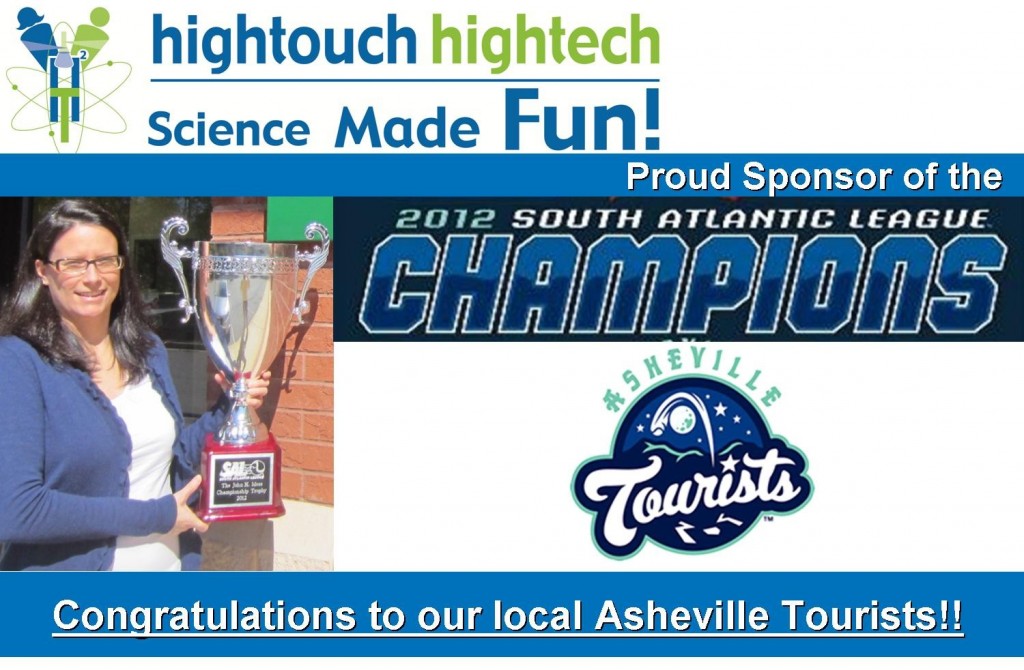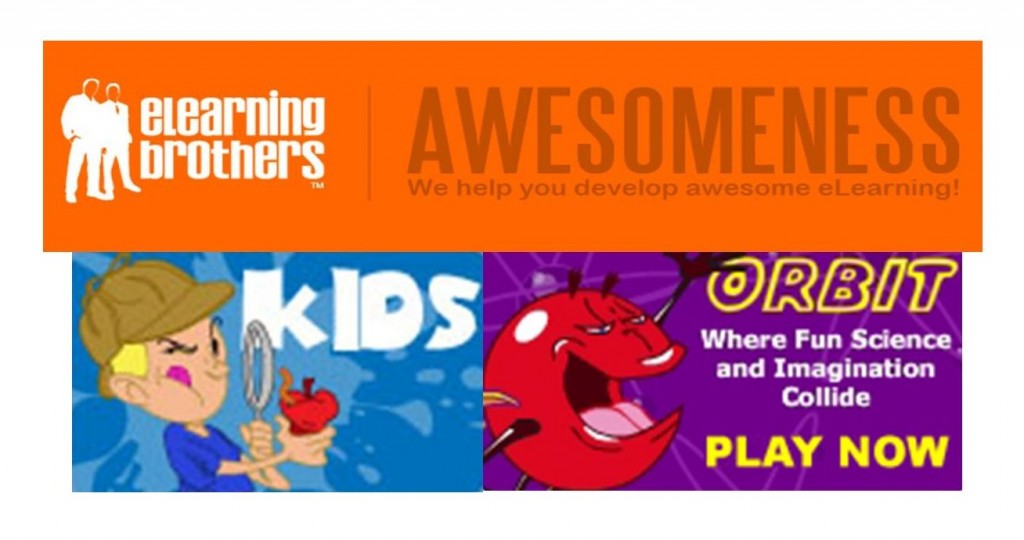“I see the chasing arrows, but I just don’t know what to do with my (insert product here).”
It’s a common dilemma, especially for those items that don’t operate under a clear-cut recycling plan, such as plastic water bottles. Tack on a “hazardous” label and disposal laws, and you’ve got yourself a recycling conundrum.
While we can’t investigate every item in your home (because that would take years), we thought we’d give you a rundown on some common items that people use in their homes daily. As an added bonus, we’ve thrown in some oddities for your entertainment.
Batteries
Any type of battery that contains metal is recyclable. According to Call2Recycle, most batteries are named for the type of metal they contain (lead-acid, nickel-cadmium, etc.). The more harmful the metal that’s present, the more likely you’ll be able to find a recycler because of state and federal laws.
Many battery retailers will also accept them for recycling. This includes both automotive and household batteries. You can also find mail-in programs that allow you to collect batteries over time and send them in all at once. You’ll want to properly prepare batteries prior to recycling, otherwise they could explode during shipping.
Once batteries are collected, any acids are drained for reuse, metals are reprocessed for recycling into new products and plastic casings are melted down and recycled into new plastics.
CDs / DVDs / Cassettes
As technology evolves, we’re left with souvenirs in the form of CDs/DVDs, cassette and video tapes and floppy disks. This author admits to having an entire box of 80s cassette tapes in her garage! While you would think this stuff would be considered electronic waste, the fact that it doesn’t contain metals or a power cord disqualifies it from that category. But that doesn’t mean these products aren’t recyclable.
Best Buy collects CDs and DVDs for recycling at in-store kiosks. Another option is the GreenDisk mail-in program, which recycles media into new CDs and disks. GreenDisk also collects cases for recycling, so you won’t be left with a bunch of plastic lying around.
Holiday Lights
‘Tis the season for holiday lights galore. And as Clark Griswold so famously discovered in Christmas Vacation, when one bulb goes out, the whole strand seems to go out as well. But is it time to throw that strand of holiday lights in the trash?
One of the fastest growing holiday recycling programs involves strand lights, with municipal programs and national retailers like Home Depot signing on to offer consumer recycling.
Making the switch from regular incandescent strand lights to LED lights? According to the U.S. Department of Energy, that is a wise decision, as ten incandescent strands running all night produces 300 pounds of CO2 versus 30 pounds with LED lights. And according to one holiday calculator, it would cost about $6-10 per season to light your tree with three strands of incandescent versus only 13-17 cents with LEDs.
Convinced you’ll make the switch? Holidayleds.com will recycle your incandescent lights for you. Mail them in and the company recycles the lights and the box they were shipped in, and they will send you a coupon for 15 percent off LED light purchases through its site. You can save even more and use those new LED lights on a timer!
Trophies
Alright, so you have a trophy to prove you were the competitive eating champion in 1988 and the karaoke champion in 1990, but those glory days are long gone. The trophies now collect dust in a box in the garage. And unless another talented competitive eater with the same name is about to take the title, your trophy may have little reuse value.
Total Awards & Promotions, Inc. has created a trophy recycling program to benefit charities. Through a mail-in program, the company’s Madison, Wisc. headquarters recycles your defunct awards or re-engraves and donates them to nonprofit organizations. One of many trophy recycling programs offered nationwide, the company also manufacturers its own awards made of recycled glass and newsprint.
Hair
Yep, human hair! Not only can human hair be composted, but it can actually be recycled into dense mats for soaking up oil. Public charity, Matter of Trust, began the Hair For Oil Spills Program in 2000 after Phil McCrory, a hair stylist from Alabama, watched news coverage of the 1989 Exxon Valdez oil spill and noticed the oil saturated fur on the Alaskan otters.
After testing the amount of oil he could collect with hair clippings from his salon, McCrory invented the hairmat to help soak up oil from an estimated 706 million gallons of oil that enter our oceans each year.
There are more than 370,000 hair salons in the U.S., and each collects about 1 pound of hair per day. That represents a tremendous amount of landfill matter from something we probably never even thought about!
With help from Matter of Trust, thousands of volunteers are deployed after oil spills to clean up beaches using the hairmats. The charity even sponsors an Oily Hairmat Remediation study, detoxifying the oil mats through a thermophilic compost and vermiculture process.
Crayons
A quick clean out of your arts and crafts drawer or your child’s old toy bin is likely to yield a box of crayons, which most us would toss out without a second thought. But believe it or not, there is a National Crayon Recycle Program operated by Crazy Crayons, LLC. The recycling program has diverted more than 47,000 pounds of crayons from landfills.
Each day, more than 120,000 pounds of crayons are produced in the U.S. alone. With drop-off bins nationwide and a mail-back option, the program accepts unwanted and broken crayons for recycling into new crayons. Also, most schools and community organizations will accept unbroken crayons for use in their art programs.
Paint
Oftentimes our latest paint projects leave us with half-empty cans. Instead of piling them in the garage, recycle old latex paint into brand new recycled paint. Manufacturers can mix together paint from different cans and produce new product that is often cheaper than virgin paint. States such as California even list recycled paint retailers near you.
But this process is only available for latex paint, as oil-based paint is disposed of with other household hazardous waste (HHW). While you’re at the municipal HHW facility, look for a swap shop, where you can pick up used items (like paint) for free.
But what about the actual can itself? If you’ve used all the paint inside and can remove any residue with paint thinner, you can likely recycle them with other steel cans (assuming they are metal).
Reducing your painter’s footprint starts in the store. Look for low-VOC and lead-free paints, such as those made by Behr.
Last year, the United States produced 251 million tons of municipal solid waste — or 4.6 pounds of waste per person per day, according to the Environmental Protection Agency. You can help cut down on your garbage production by reusing things, giving old clothes or toys away, recycling & composting. There is no better time than America Recycles Day to take one extra step toward using a little less, reusing more, and recycling as much as possible.
Whether you’re tossing plastic bottles into the blue bin or mailing off your old soccer trophy – one by one, we can work together to make recycling bigger & better in 2012! Visit the official America Recycles Day website to learn more about how you can take the pledge & motivate a recycle revolution in your house & community!
Additional Resources:
National Geographic Recycle Roundup game
http://kids.nationalgeographic.com/kids/games/actiongames/recycle-roundup/
Children’s Drawing and Coloring Exercises:
For K-12 Schools
For General Audience







